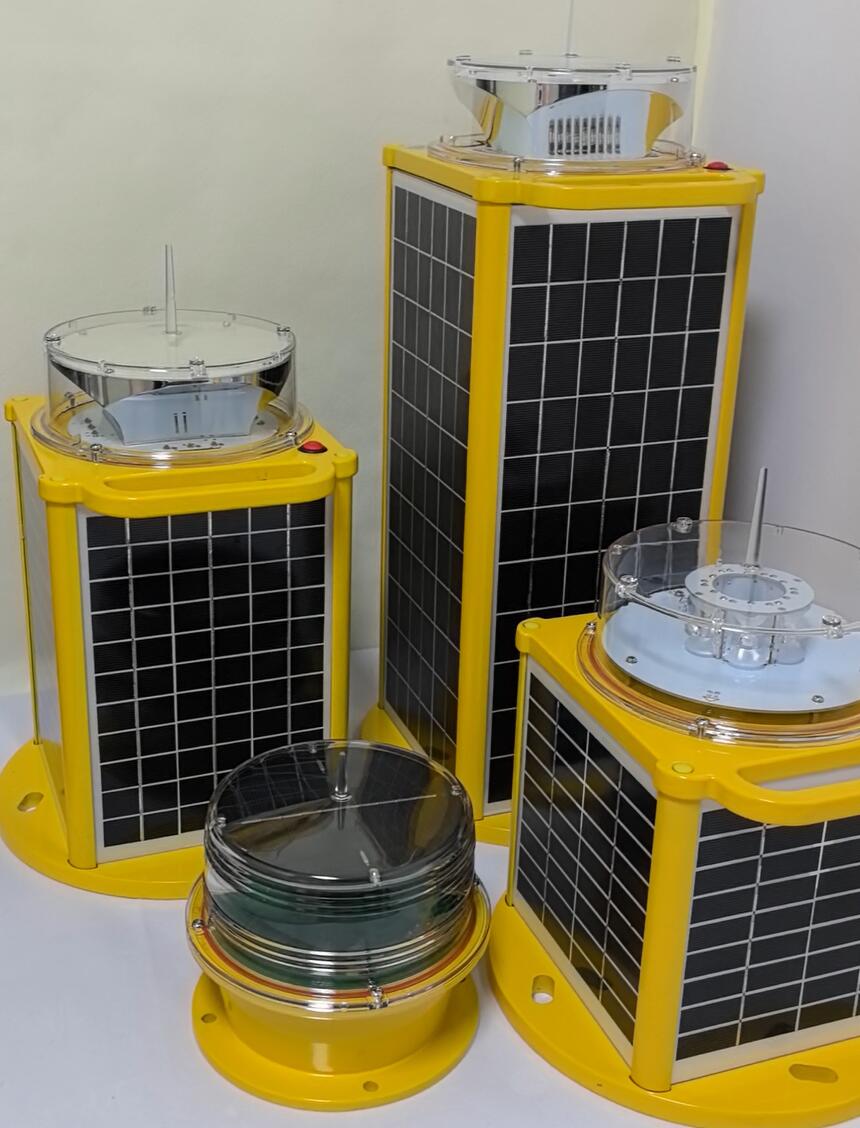Solar Powered Aviation Lights: The Future of Sustainable Air Navigation
As the aviation industry moves toward greener solutions, solar powered aviation lights have emerged as a game-changing technology for airfield and obstacle lighting. These self-sufficient systems combine renewable energy with advanced LED technology to deliver reliable, maintenance-free illumination for runways, helipads, and tall structures. With no grid connection required, solar powered aviation lights are revolutionizing aviation safety in remote locations while reducing carbon footprints. This article explores their benefits, applications, technological innovations, and role in modernizing global air navigation systems.
The Rise of Solar Powered Aviation Lighting
Traditional aviation lighting systems face challenges in remote areas where electrical infrastructure is limited or nonexistent. Solar powered aviation lights solve this problem by:
Operating independently of power grids
Reducing installation complexity
Lowering long-term operational costs
Minimizing environmental impact

These advantages make them ideal for:
Remote airstrips
Offshore wind farms
Mountainous terrain
| Solar Powered Aviation Lights |
Developing regions with unreliable electricity
Key Applications in Aviation Safety
1. Remote Runway Lighting
Provide essential visibility for pilots landing in isolated areas
Used in jungle airstrips, desert airports, and island communities
Meet ICAO/FAA standards without grid dependency
2. Obstacle Warning Systems
Mark communication towers, wind turbines, and skyscrapers
| Solar Powered Aviation Light |
Solar-powered red obstruction lights and white strobes
Critical for tall structures near flight paths
3. Helipad and Emergency Landing Zones
Ensure 24/7 visibility for medical and rescue helicopters
Deploy quickly in disaster zones with no infrastructure
4. Temporary Construction Lighting
Warn aircraft of cranes and temporary structures
Easily relocated as construction progresses
Technical Advantages Over Conventional Systems
Solar powered aviation lights outperform traditional lighting through:
Energy Independence
Integrated photovoltaic panels with high-efficiency batteries
5-7 days of autonomous operation without sunlight
Smart Light Management
Automatic dusk-to-dawn operation
Adjustable intensity based on ambient conditions
Remote monitoring capabilities
Rugged Reliability
Weatherproof designs (-40°C to +70°C operation)
Corrosion-resistant materials for coastal/marine use
Vibration-resistant for windy environments
Easy Installation
No trenching for power cables
Modular designs for quick deployment
Minimal foundation requirements
Regulatory Compliance and Standards
Modern solar powered aviation lights meet stringent international requirements:
ICAO Annex 14 for obstacle and aerodrome lighting
FAA AC 150/5345-53 for solar-powered airfield lights
EASA CS-ADR-DSN for European operations
IEC 60529 IP67 waterproof ratings
MIL-STD-810G for extreme environment durability
Innovations Driving the Technology Forward
1. Hybrid Power Systems
Combine solar with wind or kinetic energy harvesting
Ensure uninterrupted operation in polar regions with limited sunlight
2. Advanced Battery Technologies
Lithium-iron-phosphate (LiFePO4) batteries with 10+ year lifespans
Deep-cycle performance in extreme temperatures
3. Intelligent Network Capabilities
Wireless mesh networks for system monitoring
Real-time fault reporting via satellite/cellular
Predictive maintenance algorithms
4. Enhanced Optical Designs
Fresnel lenses for maximum light projection
Customizable flash patterns (steady, flashing, or synchronized)
Implementation Case Studies
Arctic Airport Lighting
Solar systems withstand -50°C temperatures
Specially designed batteries maintain charge in low sunlight
Pacific Island Airstrips
Saltwater-resistant units power remote island airports
Eliminate dependence on expensive diesel generators
African Medical Helipads
Provide reliable lighting for emergency night landings
Operate through frequent power outages
Future Trends in Solar Aviation Lighting
AI-Optimized Energy Management
Machine learning adjusts power usage based on weather forecasts
Modular Expandable Systems
Stackable power units for different applications
Transparent Solar Panels
Integrated into tower structures for seamless designs
Blockchain Maintenance Logs
Tamper-proof records of system performance
Solar powered aviation lights represent a sustainable revolution in air navigation safety, offering reliable illumination without grid constraints. As technology advances, these systems are becoming smarter, more durable, and increasingly vital for global aviation infrastructure. From remote airstrips to urban skyscrapers, solar-powered solutions are setting new standards for eco-friendly aviation safety while maintaining rigorous performance requirements. Their continued adoption will play a crucial role in creating a more sustainable and accessible future for air travel worldwide. With ongoing innovations in energy storage and smart monitoring, solar powered aviation lights are poised to become the dominant solution for obstacle and runway lighting in the coming decades.
